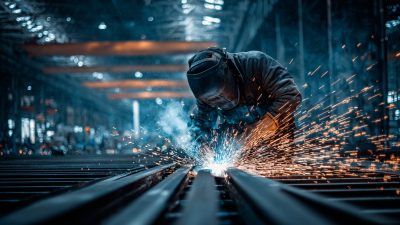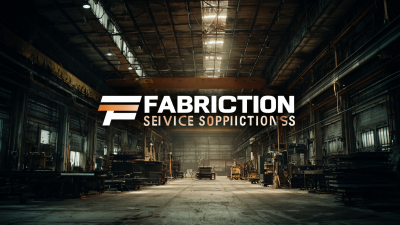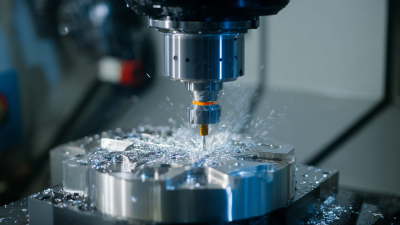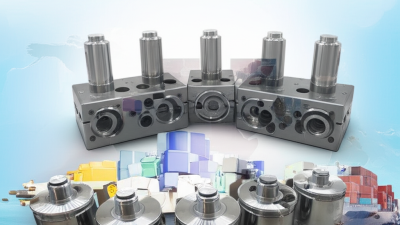As we delve into the evolving landscape of fabrication services in 2023, it becomes increasingly evident that these services are pivotal to various industries, shaping the trajectory of manufacturing and production processes. The rise of advanced technologies and methodologies is revolutionizing the way components are designed, produced, and delivered, leading to greater efficiency and customization. This exploration will uncover key trends affecting fabrication services, from automation and additive manufacturing to sustainability practices and supply chain innovations.

By understanding these dynamics, businesses can better position themselves to leverage fabrication services effectively, ensuring they remain competitive in an ever-changing market. The insights gathered will serve not only as a guide for industry stakeholders but also as a forecast for the future of fabrication services, highlighting the vital role these services play in driving innovation and growth.
The landscape of fabrication services in 2023 is being significantly shaped by emerging technologies that drive innovation across various industries. The rise of digitalization is transforming traditional business models, particularly in industrial manufacturing and construction, as companies adopt advanced tools to enhance customer experiences and operational efficiency. This digital shift is facilitating the integration of automation and data analytics, enabling manufacturers to streamline their processes and respond more effectively to market demands.
Additionally, the advancements in 3D printing and additive manufacturing are pivotal for the future of fabrication services. These technologies not only enhance design flexibility but also reduce material waste and lead times, making them essential in achieving sustainability goals. The ongoing exploration of Industry 5.0 principles suggests a move towards inclusive and sustainable manufacturing practices, emphasizing collaboration between humans and machines. As these innovations continue to unfold, the fabrication sector is likely to witness transformative changes that will redefine productivity and sustainability standards in the coming years.
This bar chart displays the trends in various emerging technologies shaping the fabrication services industry in 2023. The data reflects the growing adoption of these technologies over the year.
In 2023, sustainability trends continue to reshape fabrication services, pushing industries toward more eco-friendly practices. The integration of sustainable materials is at the forefront, with many manufacturers shifting to recycled and biodegradable options to reduce their environmental impact. This transformation not only caters to growing consumer demand for greener products but also helps companies comply with increasingly stringent regulations on waste and emissions.
Additionally, the rise of digital fabrication technologies plays a significant role in promoting sustainability. Techniques such as 3D printing enable more efficient use of raw materials, minimizing waste and allowing for on-demand production. This not only streamlines supply chains but also reduces the carbon footprint associated with traditional manufacturing processes. As businesses embrace these innovations, the focus on sustainability is expected to deepen, leading to a more responsible and resource-efficient approach to fabrication in the coming years.
| Trend | Description | Impact on Fabrication | Yearly Growth (%) |
|---|---|---|---|
| Digital Fabrication | Integration of advanced technologies like 3D printing and CNC machining. | Enhances precision and reduces waste. | 15% |
| Sustainable Materials | Use of recycled and biodegradable materials in fabrication. | Reduces environmental impact and improves brand image. | 20% |
| Automation | Implementation of robotics and AI in manufacturing processes. | Increases efficiency and reduces labor costs. | 18% |
| Circular Economy | Focus on recycling materials and reusing products in manufacturing. | Promotes sustainability and reduces resource consumption. | 25% |
| Remote Collaboration | Utilizing digital platforms for remote design and project management. | Enhances flexibility and reduces travel emissions. | 10% |
In the evolving landscape of fabrication services, the integration of automation and artificial intelligence (AI) is revolutionizing the industry. AI-driven technologies enhance precision and efficiency in manufacturing processes, allowing for rapid prototyping and streamlined production workflows. Automated systems not only reduce labor costs but also minimize human error, resulting in superior product quality and shorter lead times. As businesses seek to stay competitive, embracing these advanced technologies has become a necessity rather than a luxury.
**Tip:** When exploring automation options, consider starting with small-scale pilot projects. This can help you evaluate the effectiveness of new technologies and determine the best fit for your production needs without committing significant resources upfront.
Moreover, the data analytics capabilities inherent in AI allow for better decision-making and predictive maintenance, which is vital for minimizing downtime. Companies that leverage these insights can anticipate issues before they arise, thereby boosting operational efficiency and reducing waste. As the demand for customized solutions grows, AI is poised to play an essential role in enabling small batch production tailored to specific customer needs.
**Tip:** Invest in employee training to ensure that your team is adept at utilizing new AI tools. This not only maximizes the return on investment but also fosters a culture of innovation within the organization.
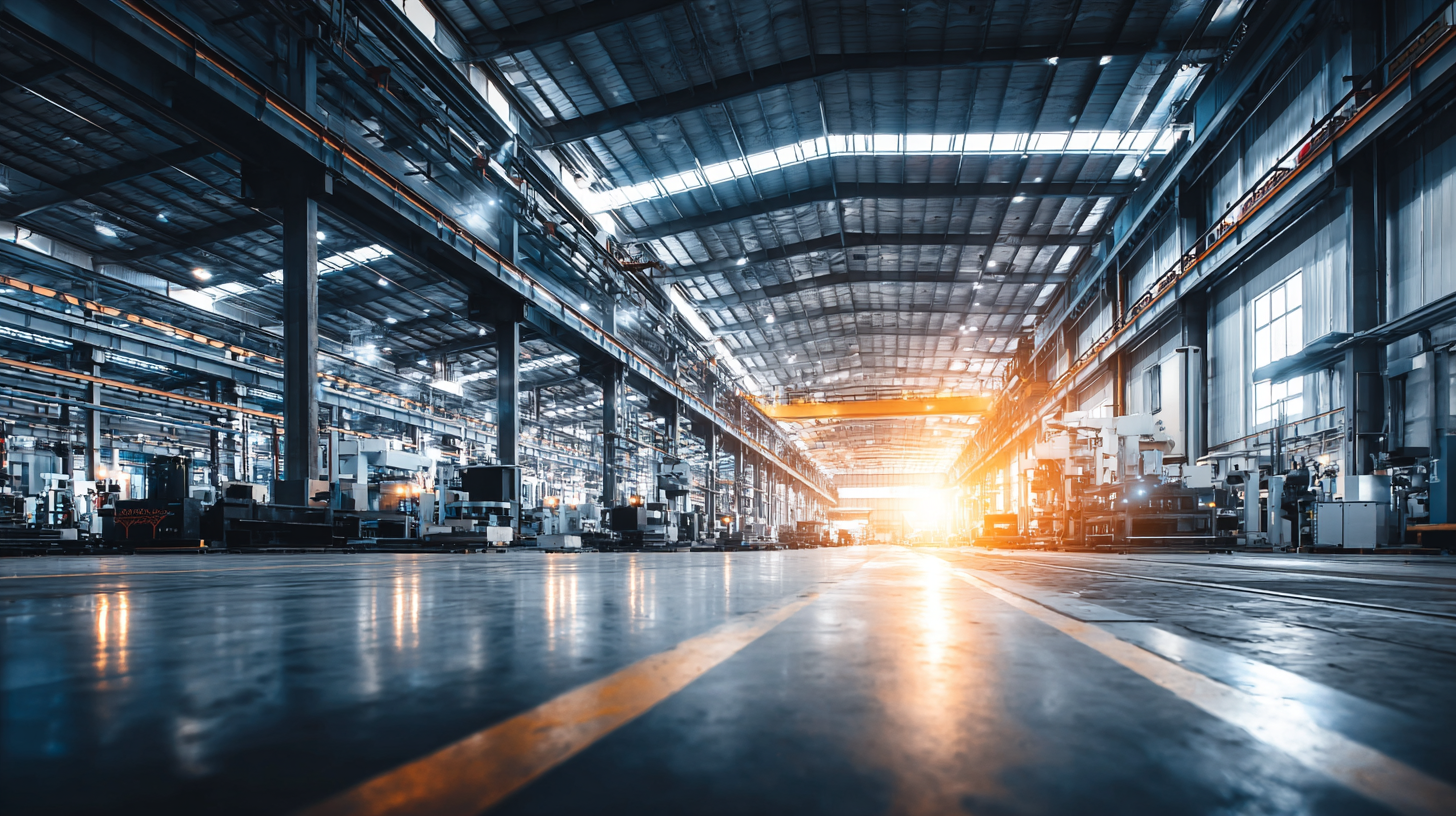
The competitive landscape of the fabrication services market in 2023 is shaped by an array of key players employing diverse strategies to capitalize on emerging trends. As industries increasingly demand rapid prototyping, customization, and sustainable practices, companies are focusing on innovative technologies and efficient processes.
Strategic partnerships, investments in advanced manufacturing technologies, and a commitment to sustainability are becoming critical for maintaining market relevance.
Market dynamics reveal a shift towards digital transformation in manufacturing, with significant growth opportunities in sectors such as cloud security and influencer marketing. Businesses are leveraging data analytics and machine learning to enhance decision-making and operational efficiency.
Additionally, the rise of influencer marketing platforms signifies a change in how companies engage with consumers, driving creative marketing strategies that resonate with target audiences. As competition intensifies, companies must adapt their approaches to not only meet current demands but also anticipate future market needs.
The fabrication industry is poised for significant transformation as we navigate the challenges and opportunities that lie ahead. With the electroplating equipment market projected to grow from $80,285 million to $131,546 million by 2030, reflecting a compounded annual growth rate of 6.37%, businesses must adapt to evolving manufacturing technologies. This growth underscores the critical role of electroplating in manufacturing and finishing processes, which are essential for enhancing product durability and aesthetics.
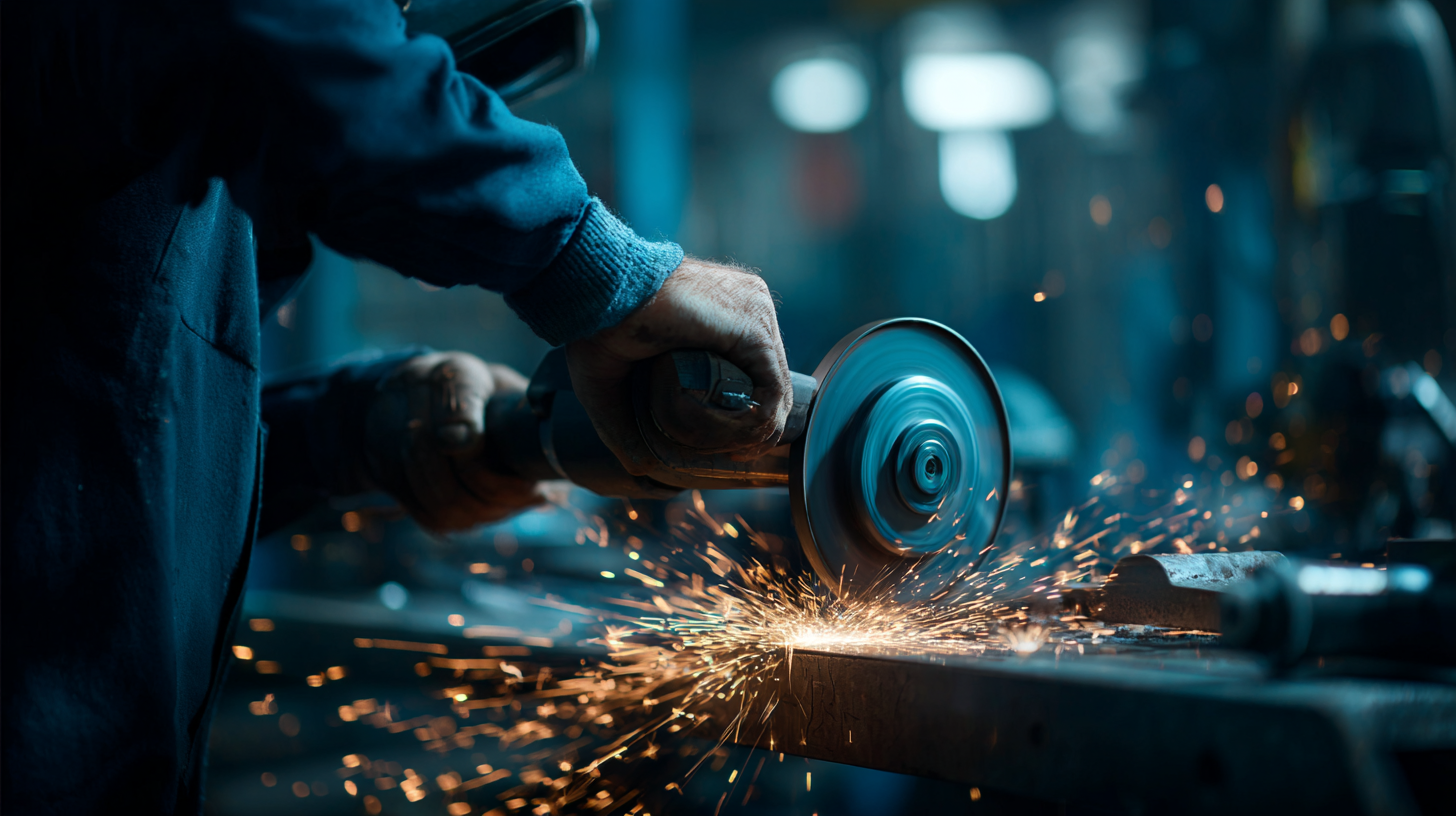
Emerging technologies such as artificial intelligence are becoming pivotal in driving efficiency and innovation within the fabrication sector. Reports from leading organizations highlight the rise of AI agents in industrial manufacturing, paving the way for smarter production methods. As companies embrace these advancements, they must also address potential challenges, including workforce adaptation and the need for sustainable practices. The intersection of technology and fabrication will not only redefine manufacturing processes but also create new opportunities for growth and development in the industry.

